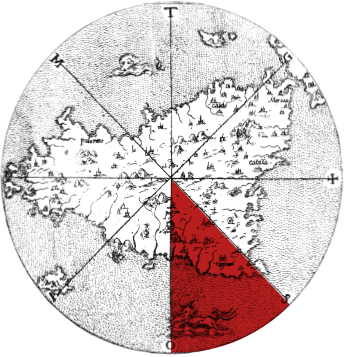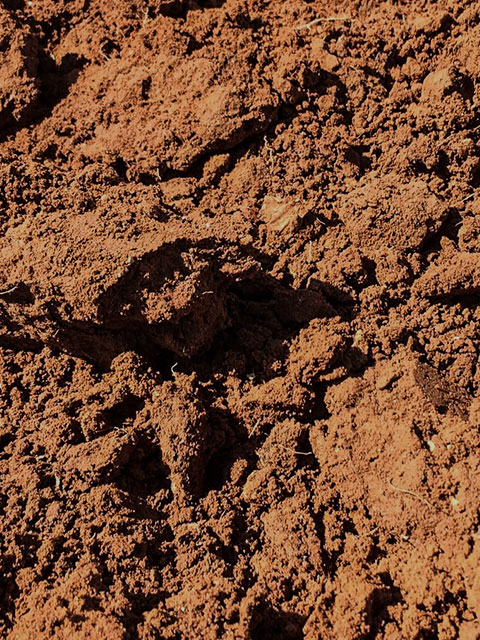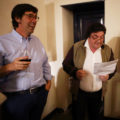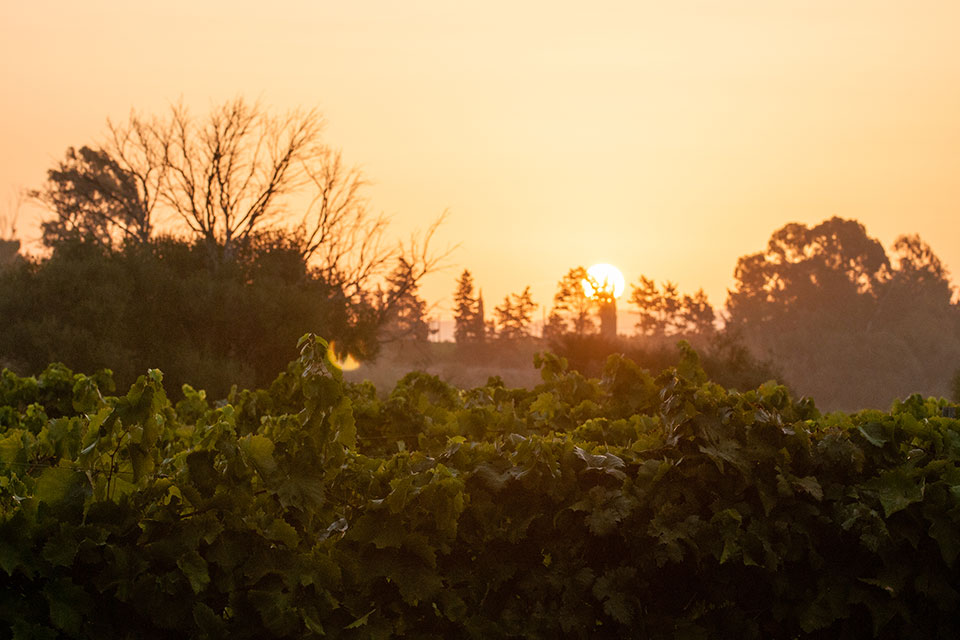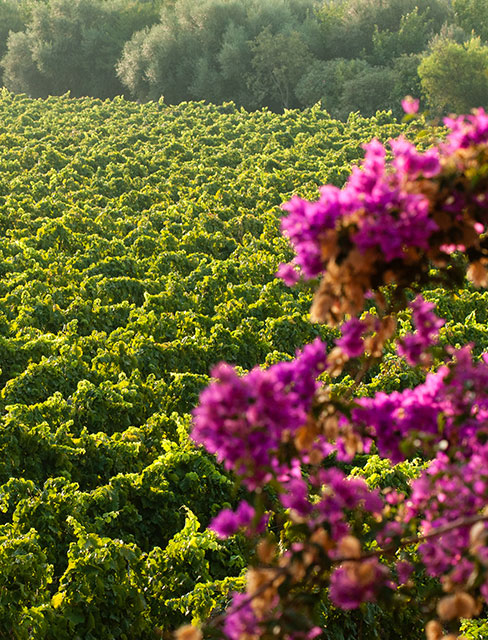Cerasuolo di Vittoria Classico Dorilli represents for us the quintessence of this noble wine. It is produced from careful selection of the vines surrounding the unique and beautiful Dorilli estate, named for the nearby river Dirillo, landing place of brave Aeneas. A refined and elegant expression of the union of the noble Nero d’Avola with Frappato di Vittoria, the Iblean vine par excellence, lightly distinguished by maturation in wood. A limited production for those who love the small Italian denominations, the history and affirmation of our land.

